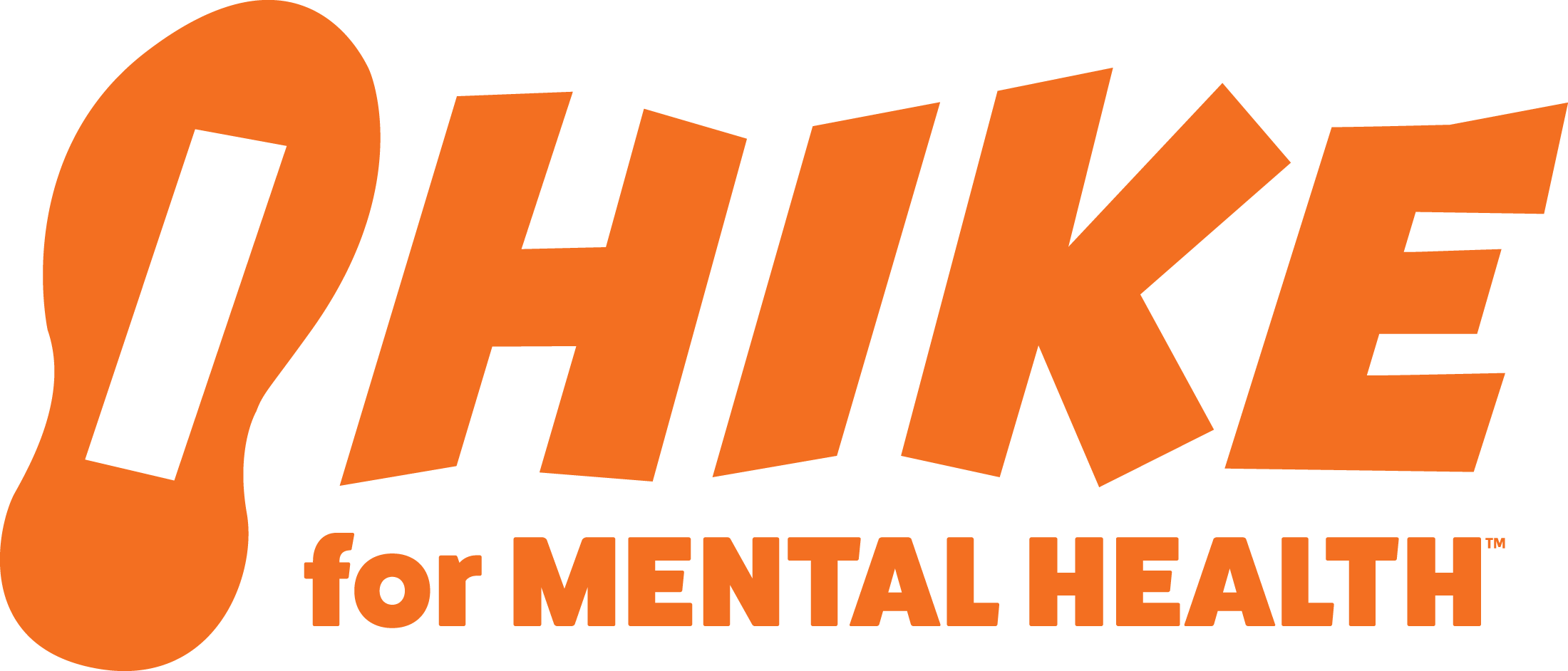Substance Use Disorder
As we make our way through autumn the amount of daily sunlight is decreasing and the weather is getting colder. The holidays will soon be here, which can be stressful sometimes. If you’ve read some of our previous blogs you know that one healthy way to combat stress is to exercise and get outside. Nature has a way of positively impacting us, and hiking is a wonderful activity that provides us with the opportunity to spend time in nature. However, snow, cold weather, and the elements of winter may prevent people from getting outside, and may actually increase their propensity to deal with stress in a less than healthy way.
Many of our previous blogs focus on a specific mental health disorder. This blog will focus on substance use disorder (SUD). According to Psychiatry.org substance use disorder (SUD) is a complex condition in which there is uncontrolled use of a substance despite harmful consequences. People with SUD can develop an addiction to various drugs, impairing their ability to function day to day. For these individuals substance use continues even when they know it is causing problems in their life. Repeated substance use can change how the brain functions, and can result in distorted thinking, judgment, decision-making, and problems with learning, memory, and behavioral control. The National Institute on Drug Abuse (NIDA) notes that in 2021 about 107,000 people died of drug overdoses, with Black and American Indian/Alaska Native people having the highest rates of fatal overdose that year.
How Common is Substance Use Disorder
Some of the most common types of substance use disorders include alcohol use disorder, cocaine use disorder, cannabis use disorder, and opioid use disorder. This past summer the U.S. Department of Health and Human Services’ (HHS) Substance Abuse and Mental Health Services Administration (SAMHSA) released the results of the 2023 National Survey on Drug Use and Health (NSDUH). You can review the data in this slide show. Some of the key findings from the report are:
- In 2023 48.5 million people aged 12 or older had an SUD in the past year, including 28.9 million people who had an alcohol use disorder and 27.2 million people who had a drug use disorder
- Among people aged 12 or older in 2023, 24.9 percent used illicit drugs
- Marijuana was the most commonly used illicit drug, with 21.8% of people aged 12 or older using it in the past year
- In 2023, 8.9 million misused opioids
- Among the 134.7 million people aged 12 or older who used alcohol in 2023, 45.6% had engaged in binge drinking in the past month
- American Indian or Alaska Native and Multiracial people were more likely than most other racial or ethnic groups to have used substances or to have had an SUD in the past year
- Among people aged 12 or older in 2023 who were classified as needing substance use treatment, about 1 in 4 received substance use treatment
The report has many more findings, which are broken down by type of drug and race/ethnicity. Simply click the links above to review additional data.
The Brain & Behavior Research Foundation has funded many research studies pertaining to substance use and addiction. You can read them on their website linked here.
Symptoms of and Risk Factors for Substance Use Disorder
As stated above, some individuals may deal with stress in less than healthy ways, including substance use. How do you know when substance use is actually a substance use disorder? Psychiatry.org has identified four areas of symptoms of the disorder. They are:
- Impaired control: the experience of a craving or strong urge to use the substance; desire or failed attempts to cut down or control substance use
- Social problems: substance use causes failure to complete major tasks at work, school or home; social, work or leisure activities may be cut back or given up entirely
- Dangerous use: substance is used in unsafe settings; continued use despite known problems
- Drug effects: tolerance (need for larger amounts to get the same effect); withdrawal symptoms (different for each substance)
It is important to note that many people experience SUD along with another mental health disorder, and it is possible that the use of a substance may negatively impact the other disorder. Seeking help for both disorders is recommended.
The Cleveland Clinic identified risk factors for developing an SUD. You are more at risk for developing an SUD if you have another mental health condition, have a biological relative with SUD or genetic susceptibility, have a history of adverse childhood experiences, or have easy access to substances.
Treatment for Substance Use Disorder
Treating SUD is complex. Treatment starts with a formal assessment and recognition of the disorder. Given that SUDs affect many aspects of a person’s life several types of treatments may be required, especially if there are co-occurring medical, psychiatric, and social problems. To that end treatment may include inpatient or outpatient therapy, therapeutic communities, residential treatment centers, self-help groups, and family support groups. Medication can also help treat some SUDs. No one single treatment is appropriate for everyone.
Exercise has also been used as a treatment for SUD. According to Therapybrands.com studies indicate that those who use physical exercise as part of their treatment are more likely to sustain their sobriety compared to those who don’t. They identified these 5 ways physical exercise can help individuals in recovery: improved mood/mental health, enhanced cognitive function, relapse prevention, overall wellness, and social support/community engagement. In addition, WebMD identifies several activities, including hiking, that can help with addiction recovery.
Summary
We hope this article on SUD provides some helpful information, especially as the weather is colder, the holidays are approaching, and our stress levels may be increasing. Also, please look for an upcoming blog post on hiking in cold weather. We don’t want a little chill to keep us from reducing our stress by getting outdoors to HIKE!


Great article Gina!
Thank you!